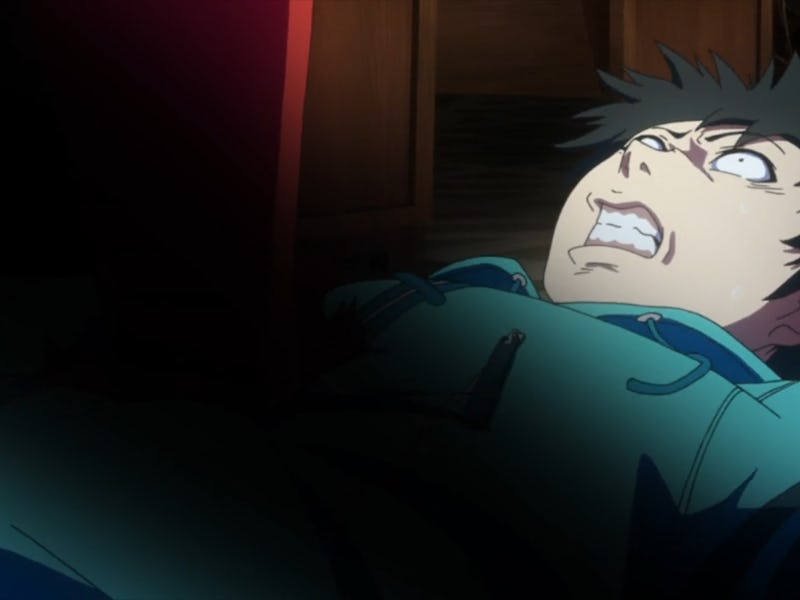Why Japan Censors Certain 'Tokyo Ghoul' Scenes
You can't just show somebody devouring a human steak.

In an anime set in a futuristic Tokyo beset by superpowered vampire-zombie “ghouls” that devour human flesh, it’s easy to imagine that things could get pretty gruesome pretty quickly — and that’s exactly the case with Tokyo Ghoul, an anime series based on an even more graphic manga. More often than not, Tokyo Ghoul gets an excessive amount of censorship in its various forms of distribution. But why?
In many cases, anime productions try to adapt the source material as authentically as possible. It’s no different with Tokyo Ghoul. In fact, any Blu-ray edition of the series have fully uncensored versions of episodes included.
But many streaming platforms where you can find Tokyo Ghoul — like Hulu and Funimation — stream the TV versions of the show, which were censored mainly so that the show could fit into a specific content rating system and be suitable for TV broadcast.
Some light shading obscures a face injury in the censored version of 'Tokyo Ghoul.'
What does censorship on Tokyo Ghoul entail? Much of the time, a simple, blurry black shadow is cast over specific parts of the shot. Sometimes, a beam of light from an actual light source does much the same (as seen above). Wounds are sometimes inexplicably covered in light. Other times, entire color schemes are altered so as to dullen the graphic nature of whatever is happening by disorienting the viewer.
Much of the censorship is done to eke into the 18+ rating. Tokyo Ghoul is an incredibly graphic story. Not only does it feature cannibalistic ghouls eating raw human steaks, but people sometimes get multiple stab wounds. Eyes bulge, nails get ripped off, impalement happen regularly, and explosions of blood are commonplace.
On the regular, people get run through with some manner of blade, or even just an arm.
The not-so-subtle shading in the censored version spares the viewer the gory details.
Some third party sites, like this one have uncensored versions with English subtitles, but engage with those at your own risk. AnimeLab also allegedly provides uncensored versions, but that’s also exclusive to Australia and New Zealand.
For a closer look at more side-by-side comparisons between the censored and uncensored versions of Tokyo Ghoul, click here and here.
In most cases, the only, and best way, to get the truly raw Tokyo Ghoul viewing experience is by springing for the Blu-rays, which will include uncut or uncensored versions.
A thoroughly censored version of Tokyo Ghoul with English dubs was airing on Adult Swim, but it has since been delayed until after a live-action film version of the story airs this summer in Japan.